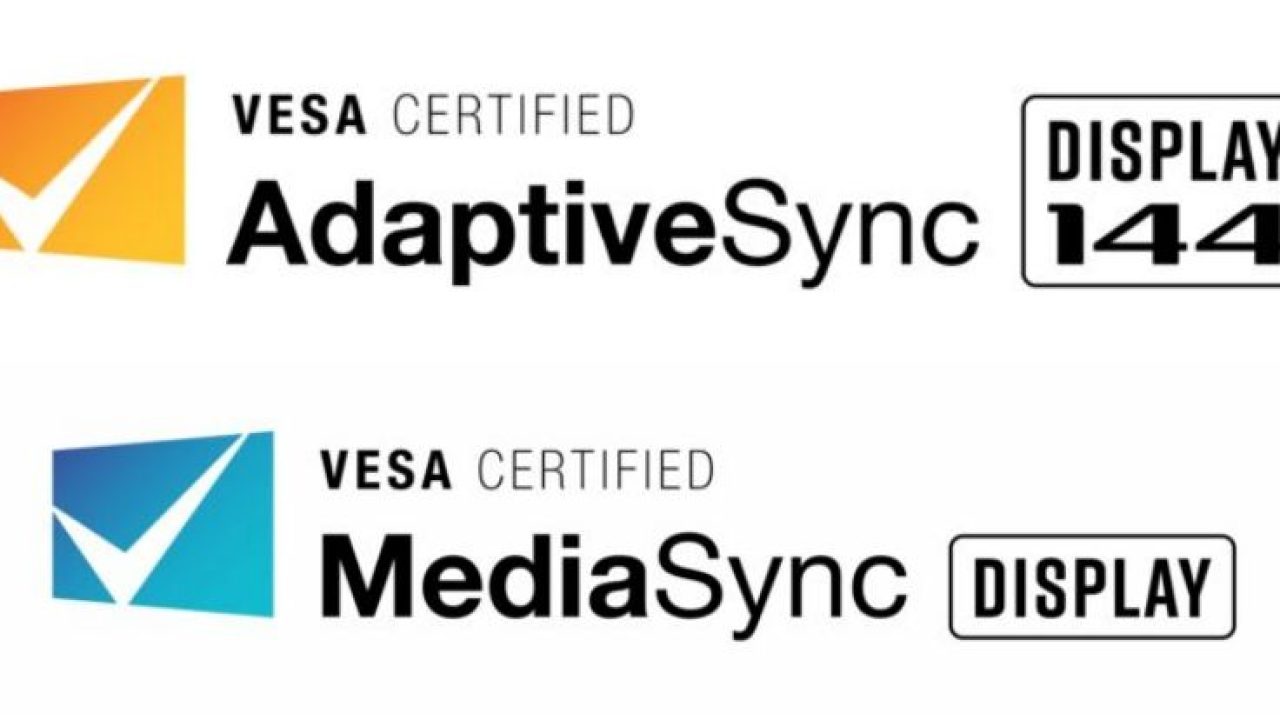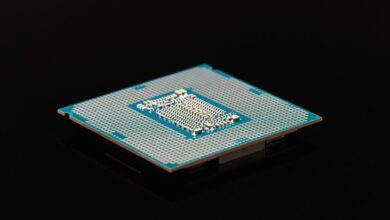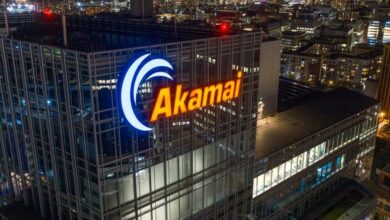
VESA (Video Electronics Standards Association) has just announced the launch of a new standards certification program for variable refresh rate in both desktop and laptop monitors. We talk about VRR AdaptiveSync and MediaSync, two new standards perfect for gaming.
So and as indicated by the signatureits tests encompass “a comprehensive and rigorous set of more than 50 test criteria, automated testing methodology, and performance mandates for PC monitors and notebooks that support VESA’s Adaptive-Sync protocols.”
It may interest you: VESA DP80 and DP40: two new certifications for DisplayPort 2.0 cables
AdaptiveSync Display and MediaSync Display: New VESA Certifications
In this way, the AdaptiveSync Display and MediaSync Display logos are going to become a standard when buying a gaming monitor. VESA has indicated that “Adaptive Sync Display CTS builds on the foundation VESA laid with the introduction of Adaptive Sync protocols eight years ago. It is an open, brand-independent standard supported by a logo program that gives consumers assurance that the displays they purchase for gaming or media playback will meet a minimum set of front-end performance criteria. clearly defined screen when used with a suitable GPU. In designing the test specification and logo program, VESA has explicitly set the bar very high for performance criteria and test methodology, with criteria more stringent than many of the existing specification and logo programs. As with all of our standards, VESA will continue to develop and refine the Adaptive Sync Display CTS to respond to new display developments and market needs to improve the visual quality and user experience for consumers. », says Roland Wooster, chair of VESA’s display performance metrics working group.
This certification wants to avoid the errors of its own Display HDR certification, since today any monitor that has HDR support (most of the market) would have this logo, so now VESA’s AdaptiveSync certification has more stringent requirements for AdaptiveSync certification.
Monitors must have a minimum range of 60-144Hz for Adaptive-Sync, allowing LFC (Low-Framerate Compensation) at the source. The logo will specify the maximum refresh rate of the monitor, i.e. 144Hz, 165Hz, 240Hz, 360Hz, etc.
VESA knows that many manufacturers of LCD monitors use the frequency of 1 ms as a claim, when you just refer to the faster transition of pixels from gray to gray. Other pixel transitions can be as long as 10 ms, 20 ms, or even longer. Hence, an OLED monitor at 1 ms is faster than an LCD model at 1 ms. LG’s 27GP950 and 27GP850 models are the first monitors to receive the VESA AdaptiveSync Display certification. VESA tests for the 10 standard video frame rates ranging from 23.976fps to 60fps, i.e. 23.976, 24, 25, 29.97, 30, 47.952, 48, 50, 59.94 and 60 for the VRR. The monitor must support a minimum refresh rate of 48-60Hz if you want this certification.
To obtain this certification, VESA will run multiple measurements to calculate the average, in addition to measuring variations in response time, although without taking into account other factors such as brightness levels or HDR that will continue to be in charge of the DisplayHDR certification.
You may also be interested: VESA adds the new level ‘DisplayHDR True Black 600’ oriented to OLED models




